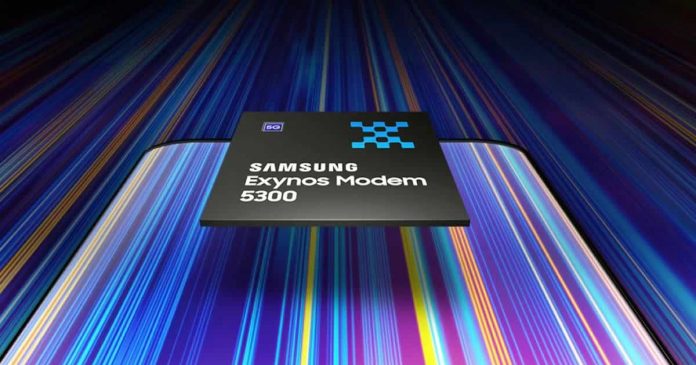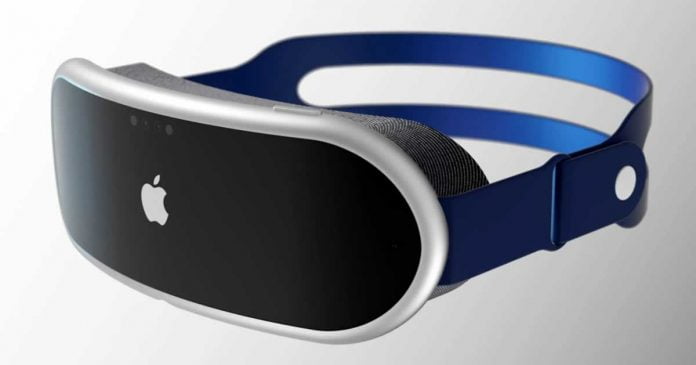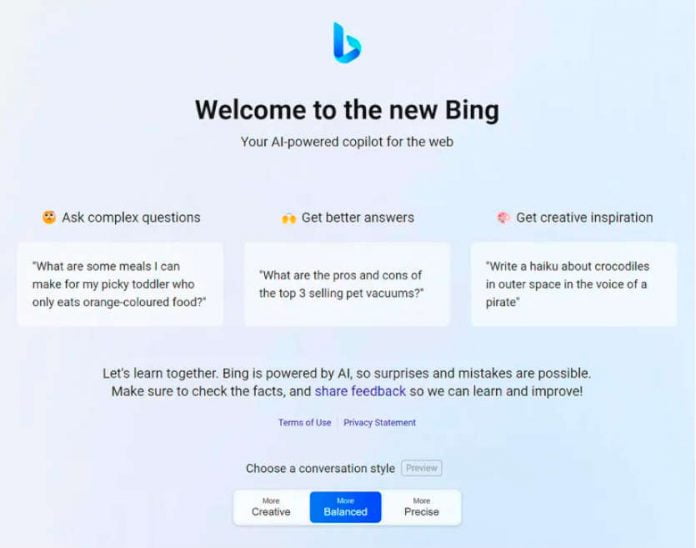Are you tired of drowning in a sea of paperwork, tedious data entry, and repetitive tasks that zap your productivity? Well, it’s probably a good time to embrace workflow automation in your business.
This practice enables you to streamline your business processes, reduce errors, and reclaim your time. In this article, we’ll explore why investing in workflow automation is crucial for modern businesses and what you can expect from it.
Let’s dive in!
What is Workflow Automation?
Workflow automation is the process of automating routine and repetitive tasks in a business workflow. It entails using software tools to automate manual tasks, improve communication and collaboration, and reduce the risk of human error.
The goal of workflow automation is to increase efficiency and productivity, reduce costs, and enhance customer satisfaction.
Benefits of Workflow Automation
Workflow automation offers numerous benefits that can positively impact a business in many ways. Here are some of the top ones you can expect:
Increased efficiency
Automation can help you to complete tasks faster and with fewer errors, leading to increased productivity and better resource usage.
Reduced errors and mistakes
Human error is a common cause of inefficiency and mistakes in business processes. Workflow automation minimizes this risk by automating routine tasks, reducing the likelihood of errors, and improving data accuracy.
Enhanced collaboration
Workflow automation improves collaboration by providing a centralized platform where team members can access information, share files, and communicate in real-time. This enhances communication, ensures accountability, and allows for better coordination between teams.
Additionally, tools like SharePoint offer robust workflow automation features that can be tailored to fit the needs of any organization. To learn more about the costs associated with implementing SharePoint, visit https://www.epcgroup.net/sharepoint-cost-how-much-does-sharepoint-cost/ for an in-depth breakdown of pricing and what to expect.
Improved scalability
Businesses can scale their operations without increasing the number of employees needed to manage tasks. With automation tools, your business will be able to handle tasks that would require a large workforce, thereby facilitating easier and more efficient expansion.
Cost reduction
Workflow automation reduces operational costs by optimizing business processes and minimizing the need for manual labor. Automation also reduces the likelihood of errors which then leads to fewer costly mistakes.
Workflow Automation Tools
Looking to automate some parts of your business but not sure where to start? Here are four common types of workflow automation tools that are available to businesses today:
Robotic Process Automation (RPA)
RPA is a software technology that automates repetitive tasks and workflows. It can mimic human interactions with software systems, including data entry, form filling and other manual tasks.
Business Process Management (BPM)
BPM is a framework for optimizing business processes. It helps with analyzing, modeling, and managing workflows to improve efficiency and productivity.
Artificial Intelligence (AI)
AI technology automates cognitive tasks such as language processing, problem-solving, and decision-making. It can be used to optimize complex business processes and improve decision-making.
Low-Code or No-Code Platforms
Low-code or no-code platforms enable businesses to build and customize their own automation tools using drag-and-drop interfaces without the need for coding. A good example here is Microsoft Powerapps.
How to Implement and Integrate Workflow Automation into Your Business Processes
If you’re ready to add workflow automation to your business, here are the steps to follow to get it right:
Identify key processes that can do with automation
Before anything else, identify the workflows or processes in your business that can benefit most from automation. These may include repetitive, manual, and error-prone tasks.
Prepare for automation
Here, you need to define clear objectives, select the right automation tools, and develop a plan to implement the automation strategy. You might also want to define roles and responsibilities and prepare employees for the changes that will occur.
If you don’t have knowledgeable staff or resources internally, then consider hiring experts such as these Powerapps consulting professionals. They will help you avoid costly mistakes from the word go.
Test and integrate
At this point, you need to verify that the automation tools work as intended and integrate them with existing business systems. You may conduct pilot tests to assess the effectiveness of the automation tools and identify any issues that may arise.
Improve your systems
Workflow automation is an ongoing process that requires continuous improvement. You need to monitor the performance of the automation tools and make adjustments as needed. This is to ensure that the automation remains effective and efficient.
Challenges and Solutions in Workflow Automation
In this section, we explore some of the common challenges to implementing and integrating automation tools effectively and their solutions:
Change management
Automation often changes the way employees work, which can be challenging for some of them. To overcome this, businesses should communicate the benefits of doing it and provide employees with training and support.
Security and Privacy
Automation can pose security and privacy risks, particularly if it involves sensitive data. To mitigate these risks, be sure to implement appropriate security measures such as data encryption, access controls, and data backups.
Integration with legacy systems
Integrating automation tools with legacy systems can be challenging due to compatibility issues. To overcome this, conduct thorough testing beforehand and ensure that the tools you’re considering to add are compatible with existing systems.
Resource allocation
Implementing automation tools requires investment in technology, training, and support. As such, carefully evaluate the costs and benefits of automation and develop a budget for implementation.
Conclusion
Workflow automation is no longer a luxury but a necessity for most businesses. With the potential to save time, reduce costs, and improve productivity, automation offers a competitive advantage that can’t be ignored.
So, it’s time to bid goodbye to the drudgery of manual processes and warm up to automation. Your business will thank you for it. Good luck!









